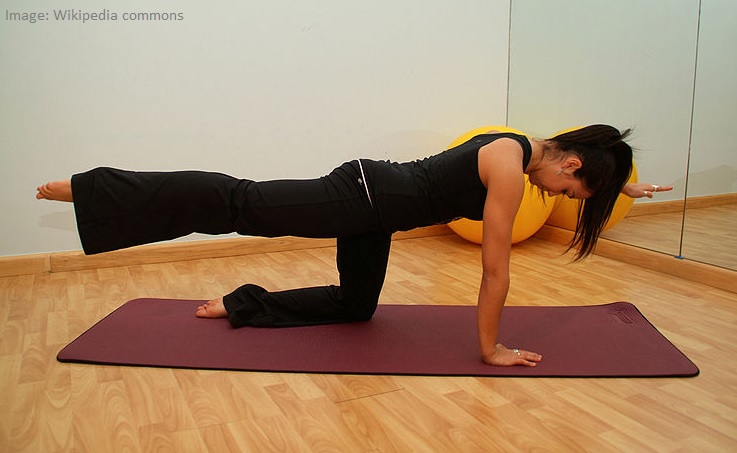nalco group
bone, muscle & joint pain physio
BOOK NOW / WHATSAPP ABOUT YOUR PAIN OR INJURY
- ORCHARD 400 Orchard Road #12-12 Singapore 238875
- TAMPINES 9 Tampines Grande #01-20 Singapore 528735
- SERANGOON 265 Serangoon Central Drive #04-269 Singapore 550265
Home > Blog > Spinal Physio & Clinical Pilates > Clinical Pilates: Doing more for low back pains than ‘core stability'
Clinical Pilates
Doing more for low back pains than ‘core stability'

Pilates has been used by many to prescribe “core stability" for low
back pain. Specifically, this approach promotes core muscle contraction
and maintain it while lmovements are performed. Recently, there is a
growing mass of research showing that this approach is not beneficial.
Clinically, encouraging these heightened contractions and rigid postures
can reinforce unhealthy beliefs around movement, and perpetuate pain.
(Nijs et al., 2013).
Over the years, with new emerging evidence on back pain, Physiotherapy
and Clinical Pilates has evolved to move beyond this stability approach.
In particular, Clinical Pilates explores movement rather than promote
rigidity. Instead of focusing on isolated contractions, it concentrates
on factors (evidenced based) contributing to pain.
Below listed are a
few areas in which Clinical Pilates can be helpful to people with low
back pain.
Body Awareness
Altered body schema has been observed in people with low back pain
(Mosely, 2008) such as lack of awareness of body position with movement.
Performing movements with tools such as mirrors for visual feedback can
help reconnect body with movement and improve co-ordination.
De-threateningc Movement
Evidence has shown that one's pain experience can be linked to tissues
perceiving danger during movement (Mosely & Flor, 2012). Meaning, if
you subconsciously fear movement will hurt, it can amplify pain,
whether there is any damage occurring or not.
Therefore clinical pilates
can be used to explore safe movements initially before progressing
movements back towards the perceived "harmful" direction
(De-threatening).
Tissue loading
Tissue loading with exercise can have an several positive effects.
Firstly, loading muscles, tendons and joints around a painful area can
initiate a neurophysiological response to reduce pain similiar to manual
therapy.
Secondly, loading can initiate tissue repair, strength and
conditioning in muscle, tendon, cartilage and bone. This is done through
a process called mechanotransduction (Khan & Scott, 2009), where
unhealthy weaker cells are replaced with healthy stronger cells.
In summary, discouraging rigidity and being liberal with movement is
good for low backs. As always, chatting to your Physiotherapist about
the benefits of an exercise programe for your problem is the best place
to start.
References
Khan K. M., & Scott A. (2009). Mechanotherapy: how physical
therapists’ prescription of exercise promotes tissue repair. British
Journal of Sports Medicine, 43, 247-251.
Mosely G. L. (2008). I can’t find it! Distorted body image and tactile
dysfunction in patients with chronic back pain. Pain, 140, 239-243.
Mosely G. L., & Flor H. (2012). Targeting cortical representation in
the treatment of chronic pain: a review. Neurorehabilitation &
Neural Repair, 26(6), 646-652.
Nijs J., Roussel N., Paul van Wilgen C., Koke A., & Smeets R.
(2013). Thinking beyond muscles and joints: therapists’ and patients’
attitudes and beliefs regarding chronic musculoskeletal pain are key to
applying effective treatment. Manual Therapy, 18, 96-102.
Smith B. E., Littlewood C., & May S. (2014). An update for
stabilisation exercises for low back pain: a systematic review with
meta-analysis. BMC Musculoskeletal Disorders, 15, 416-437
